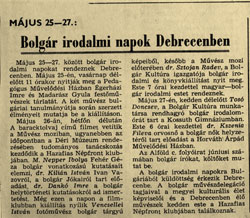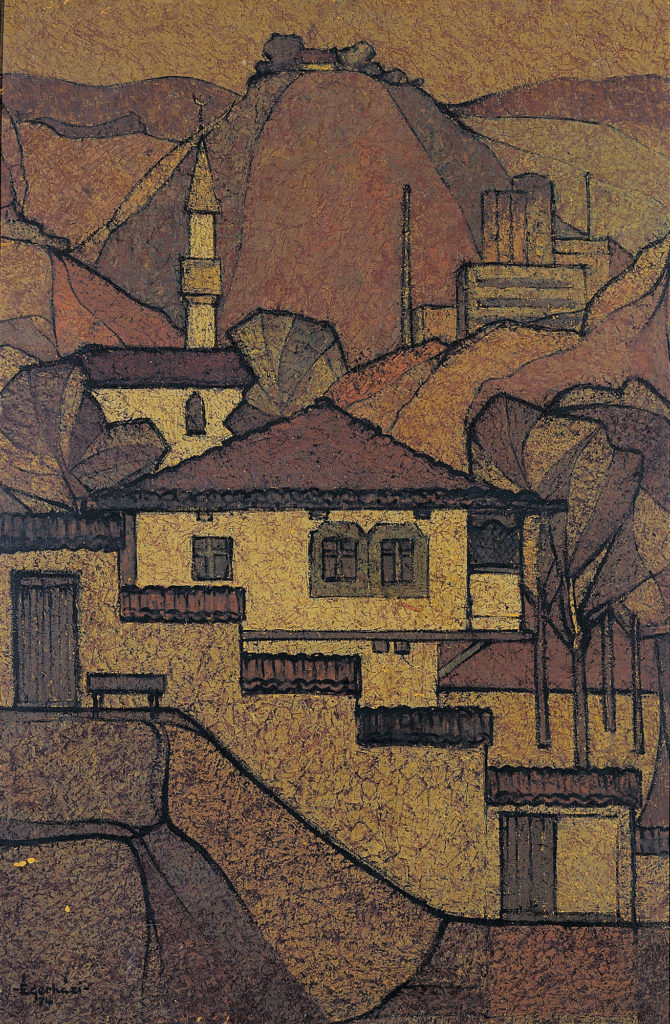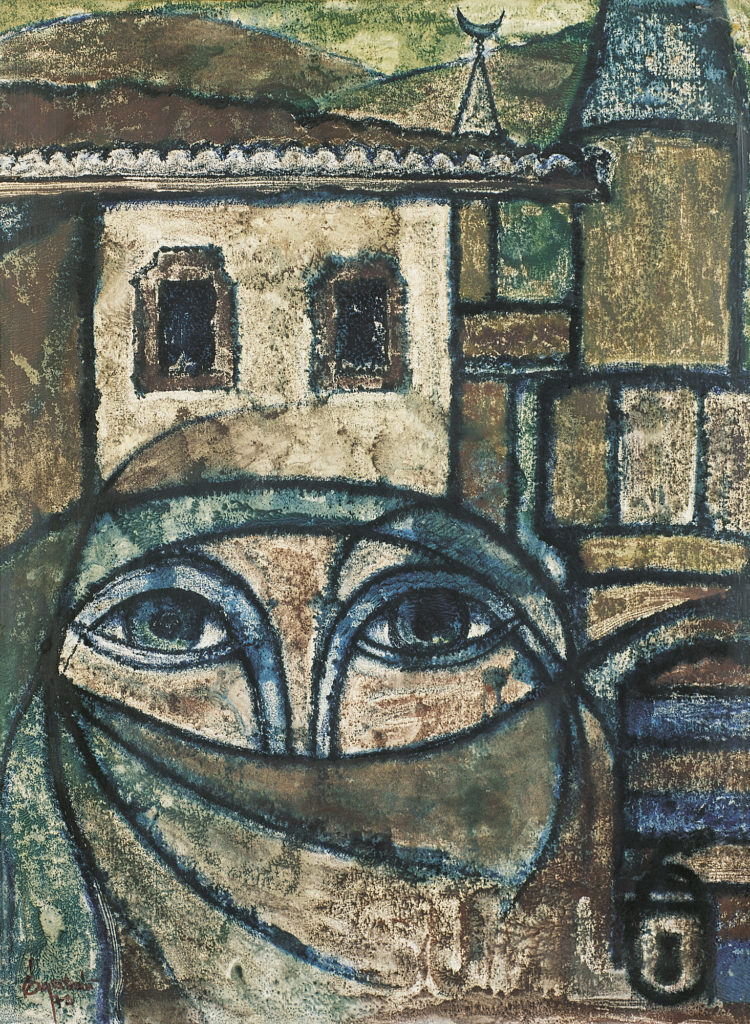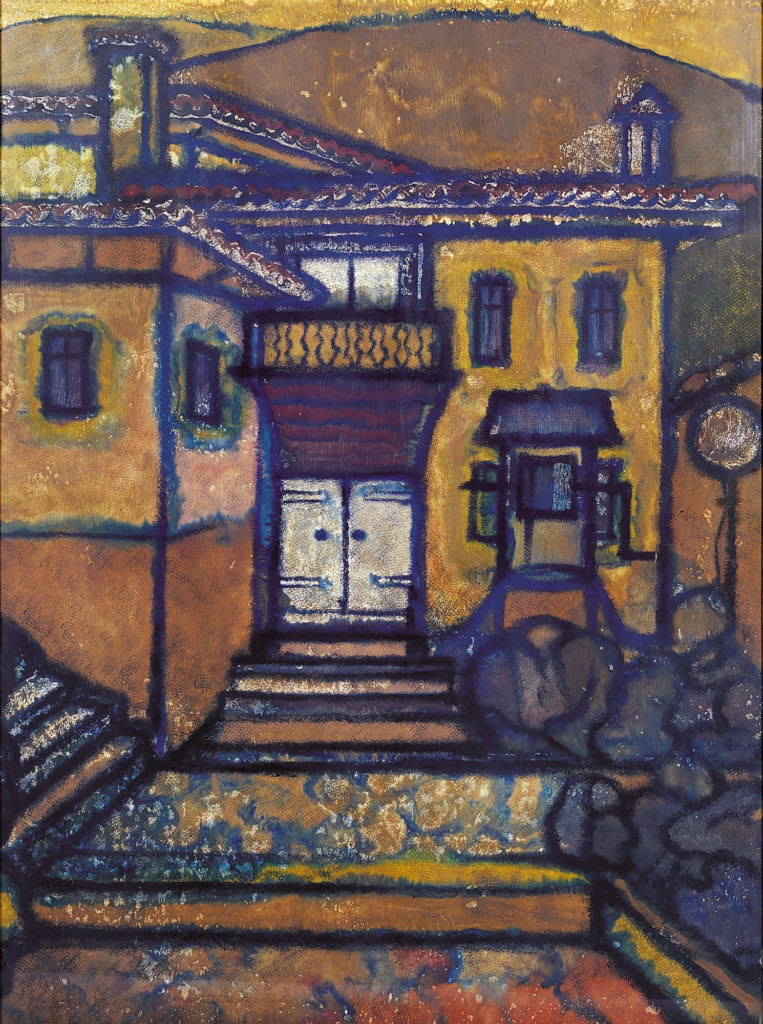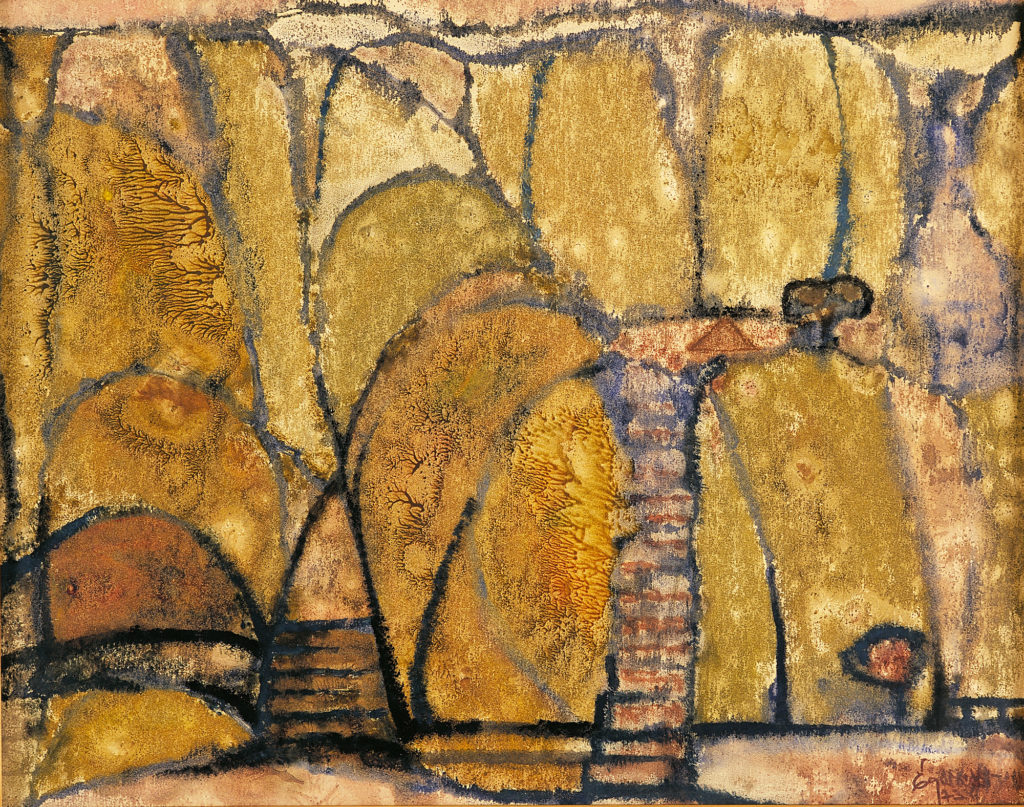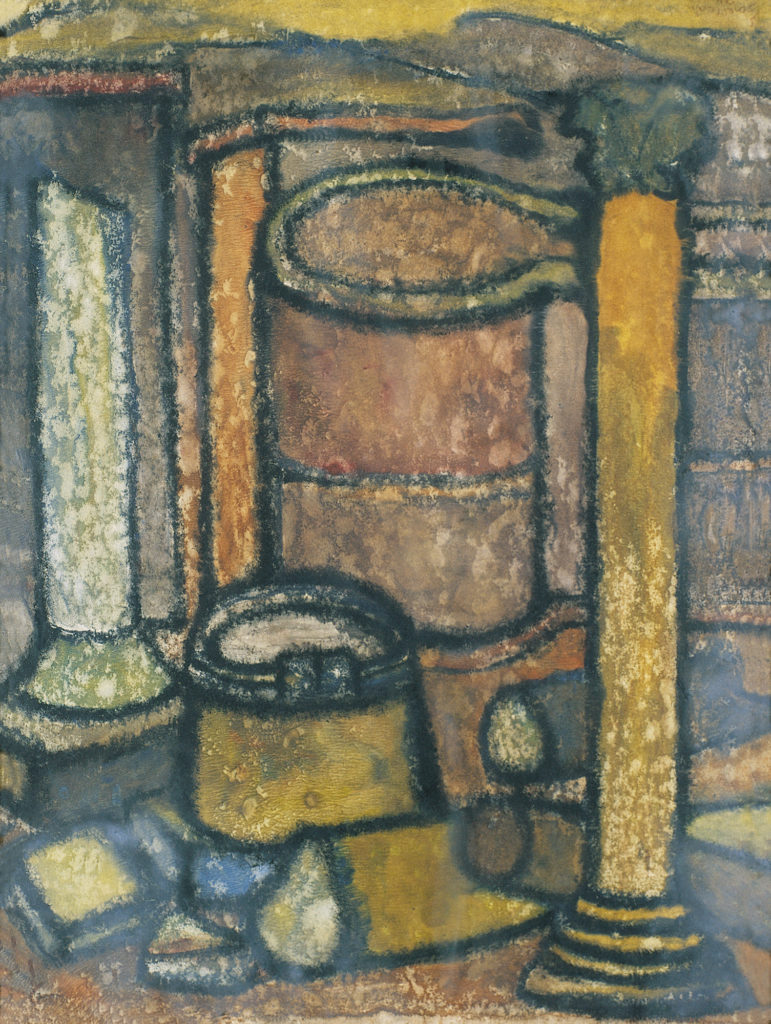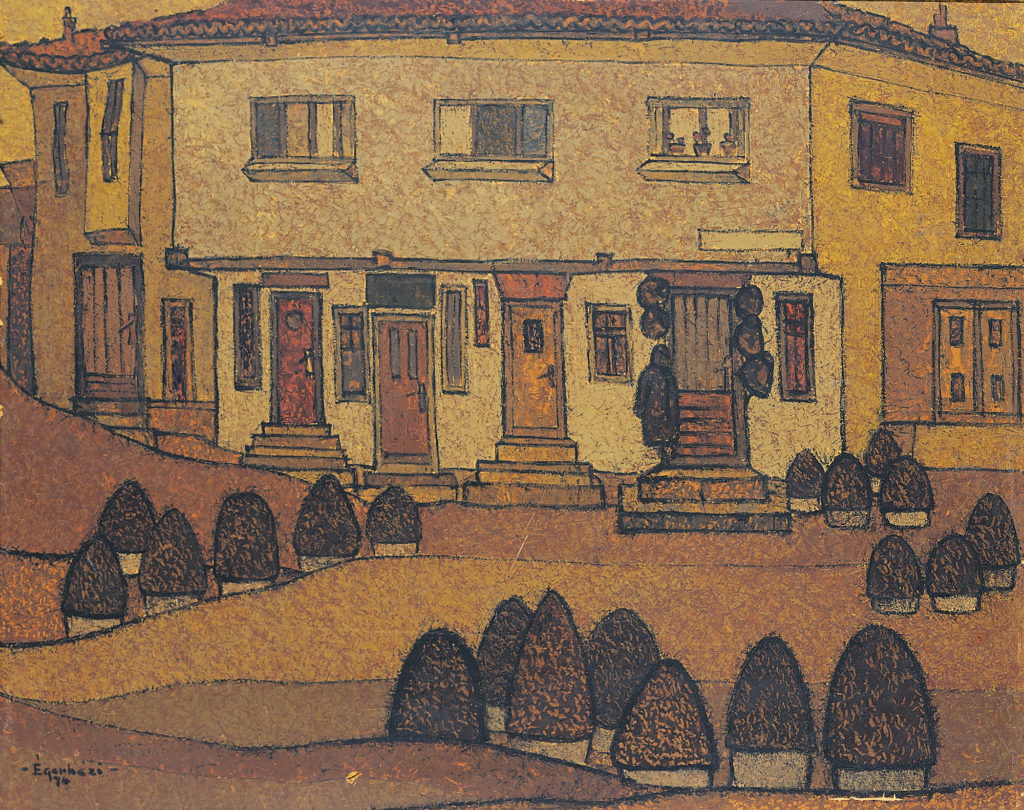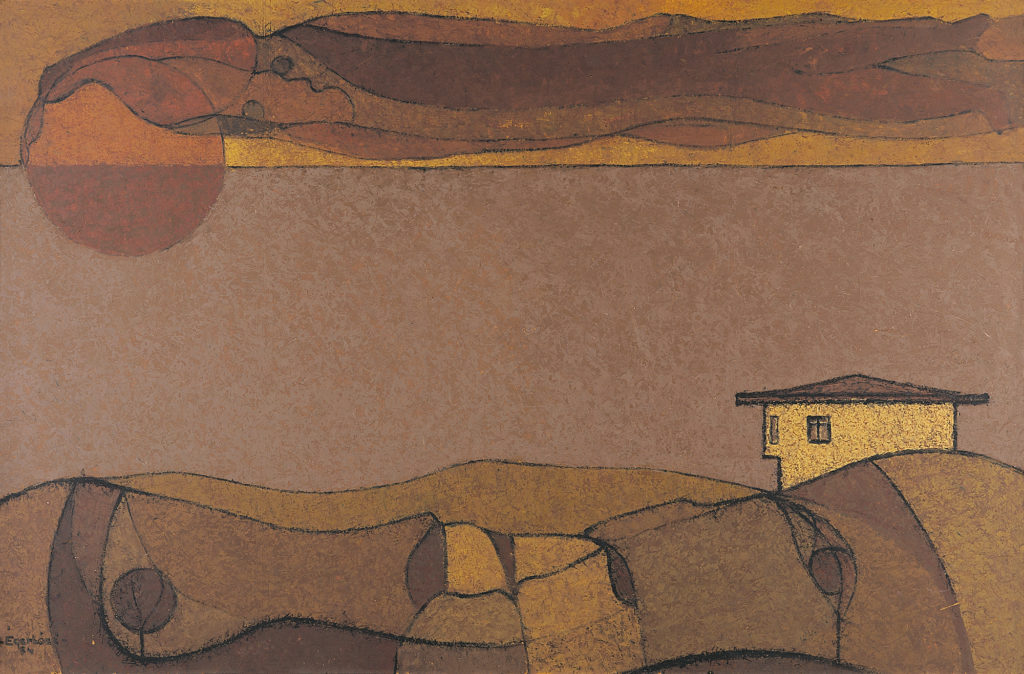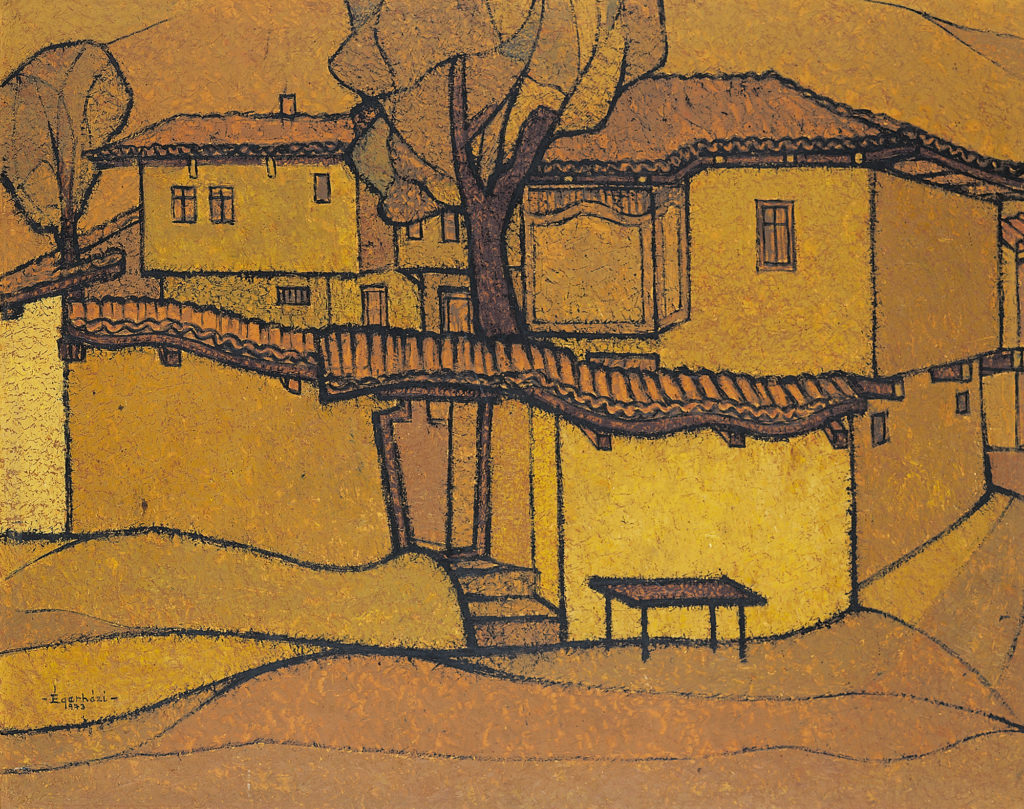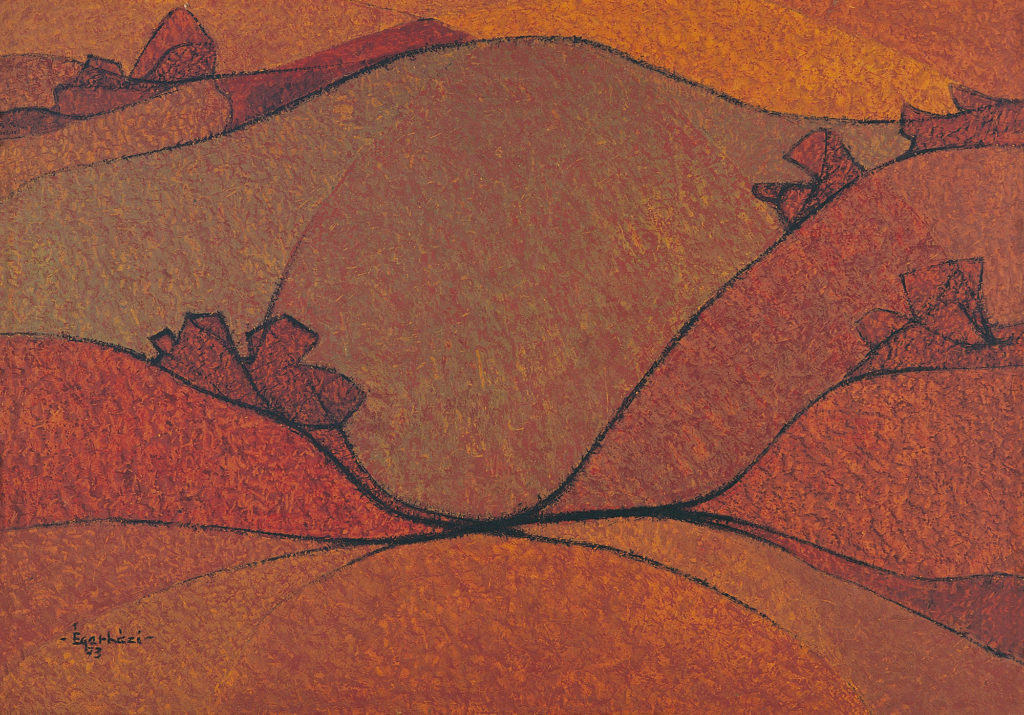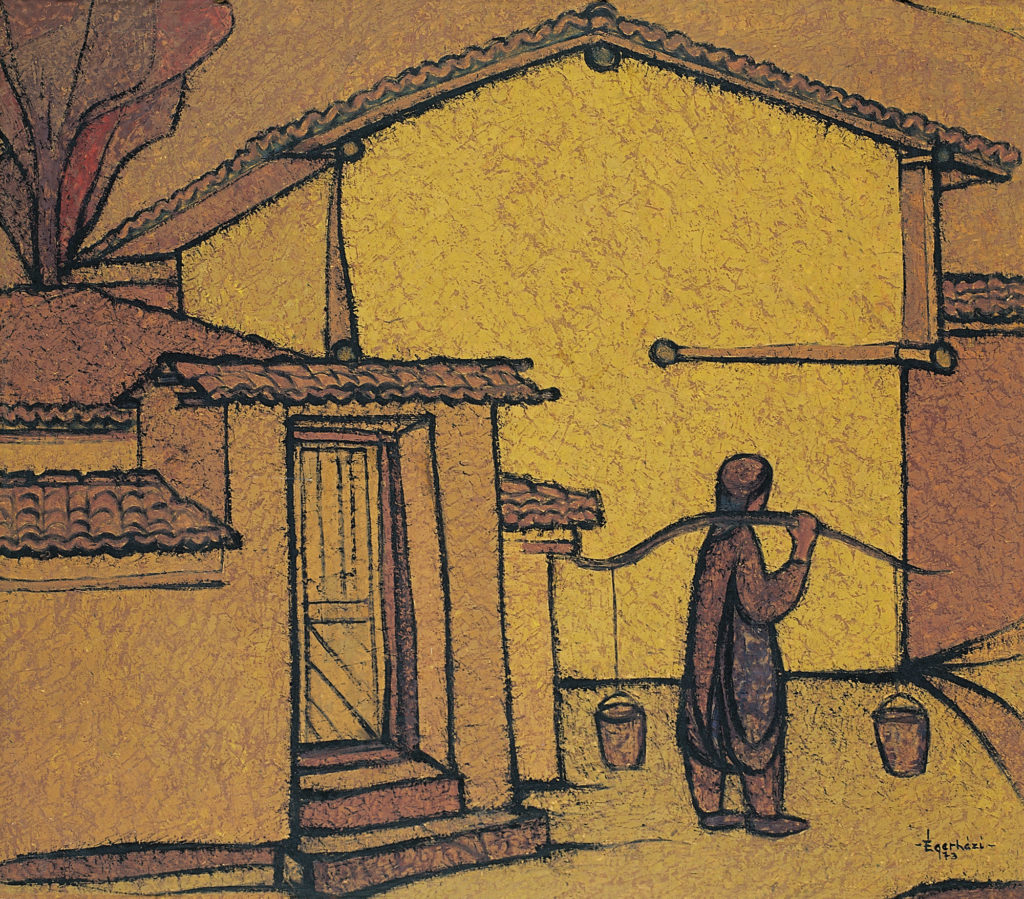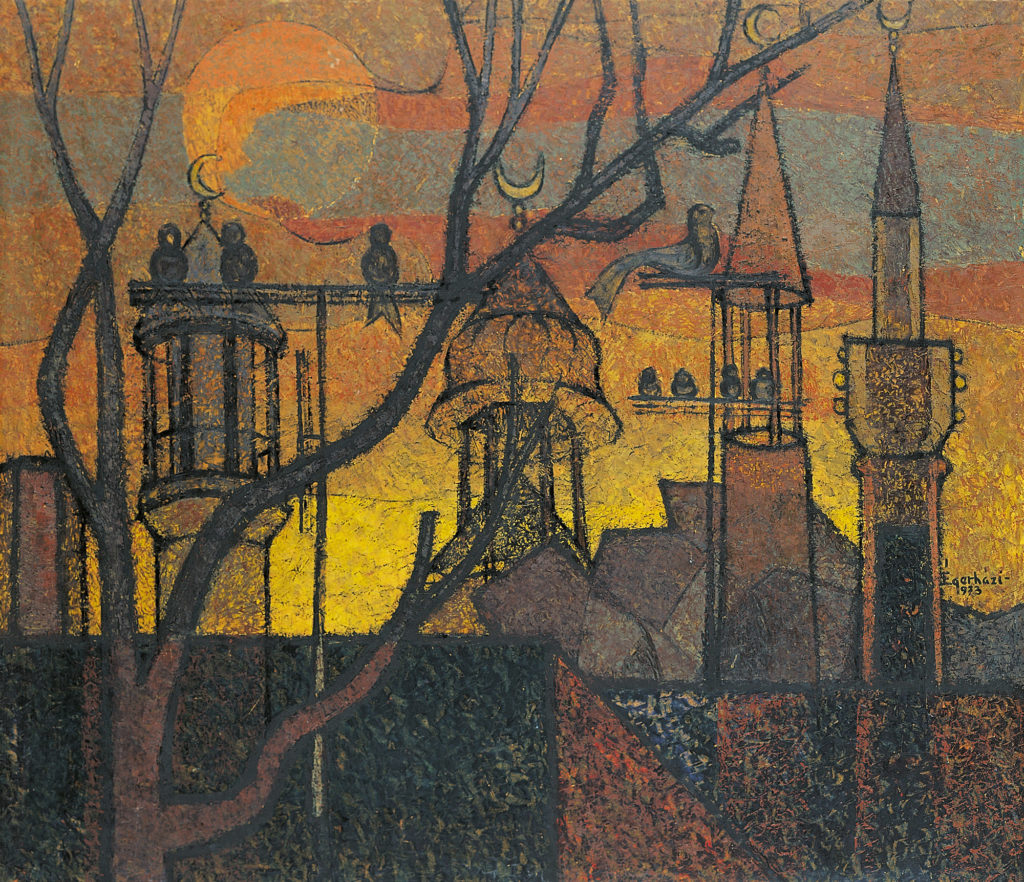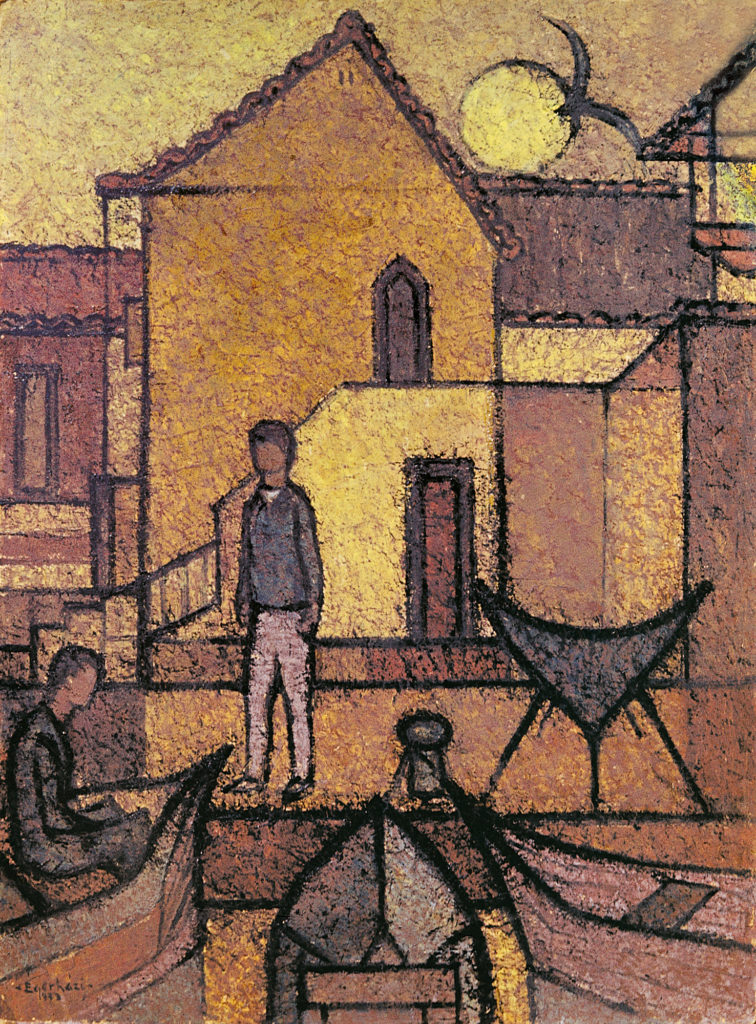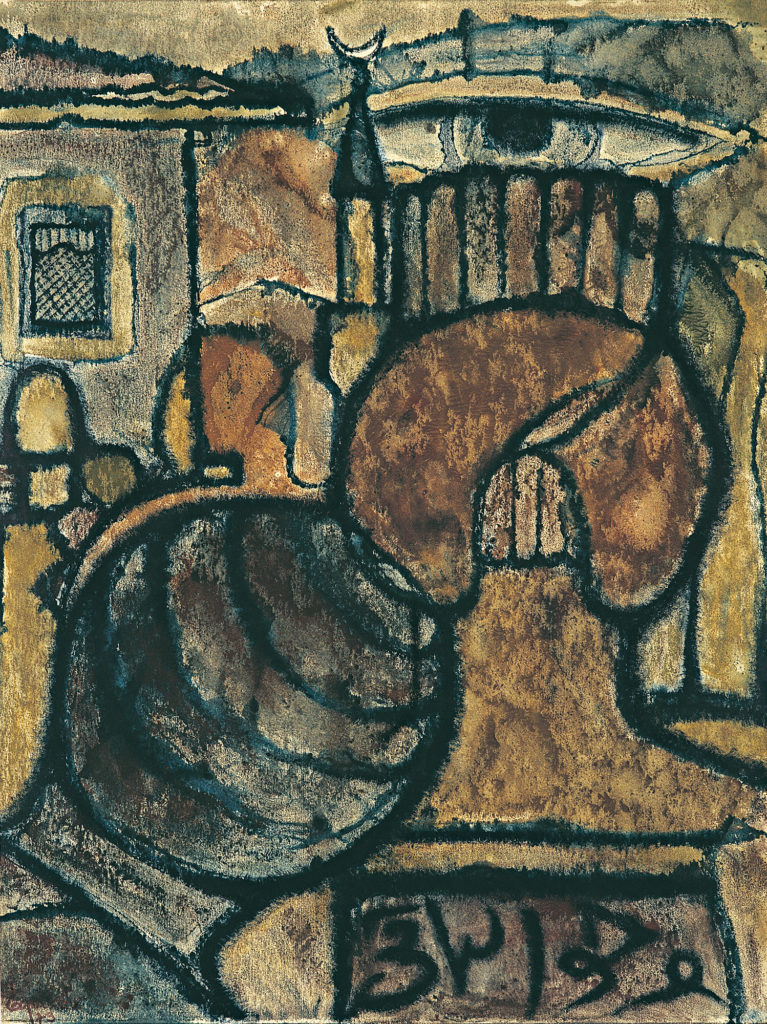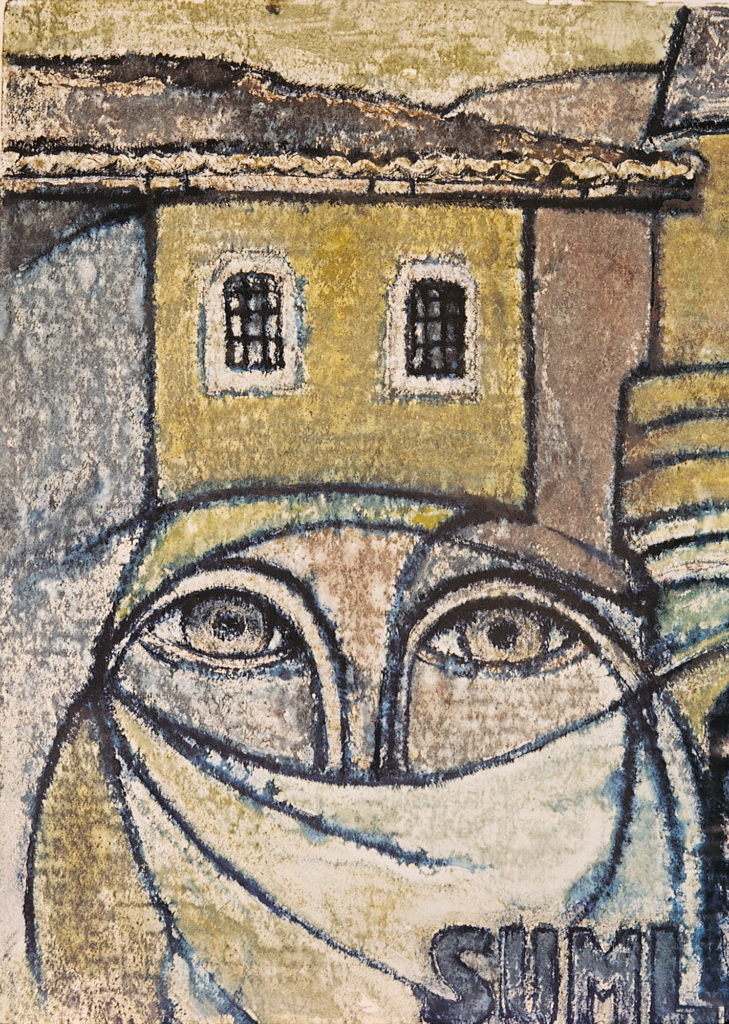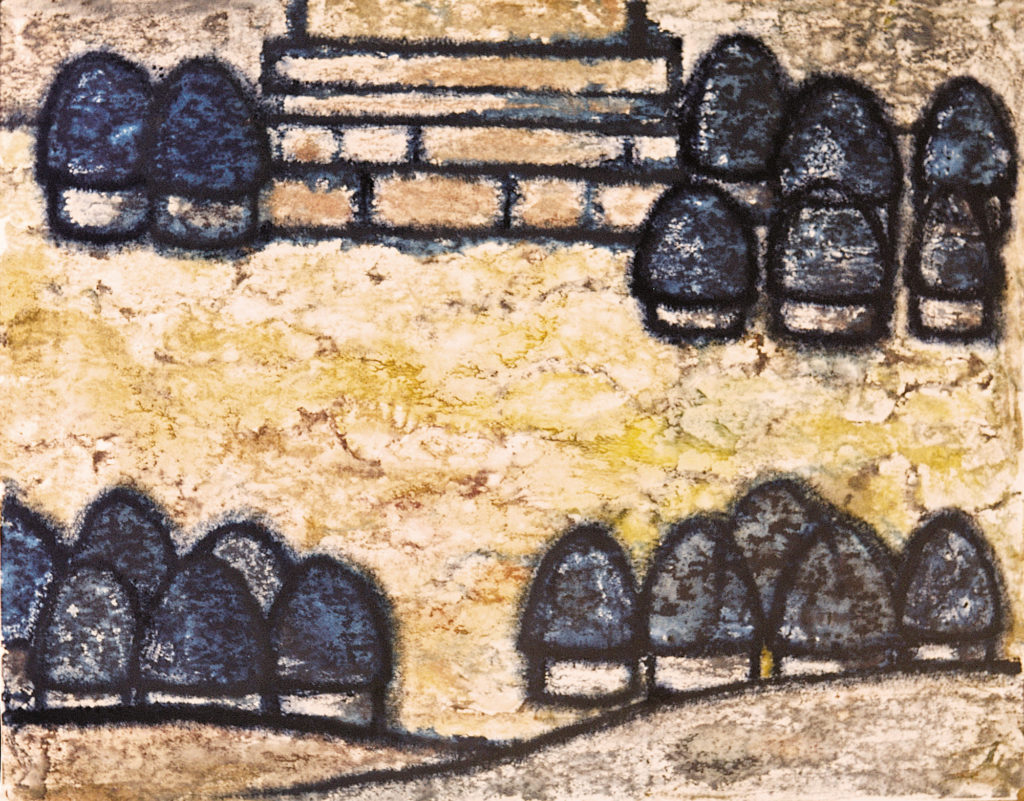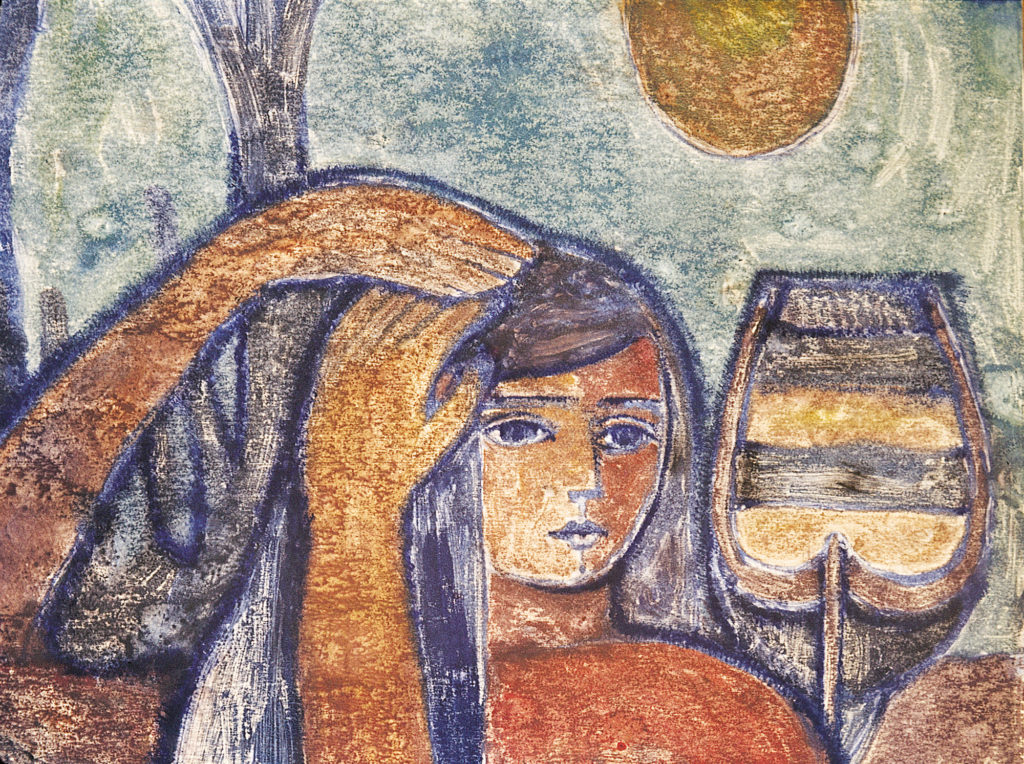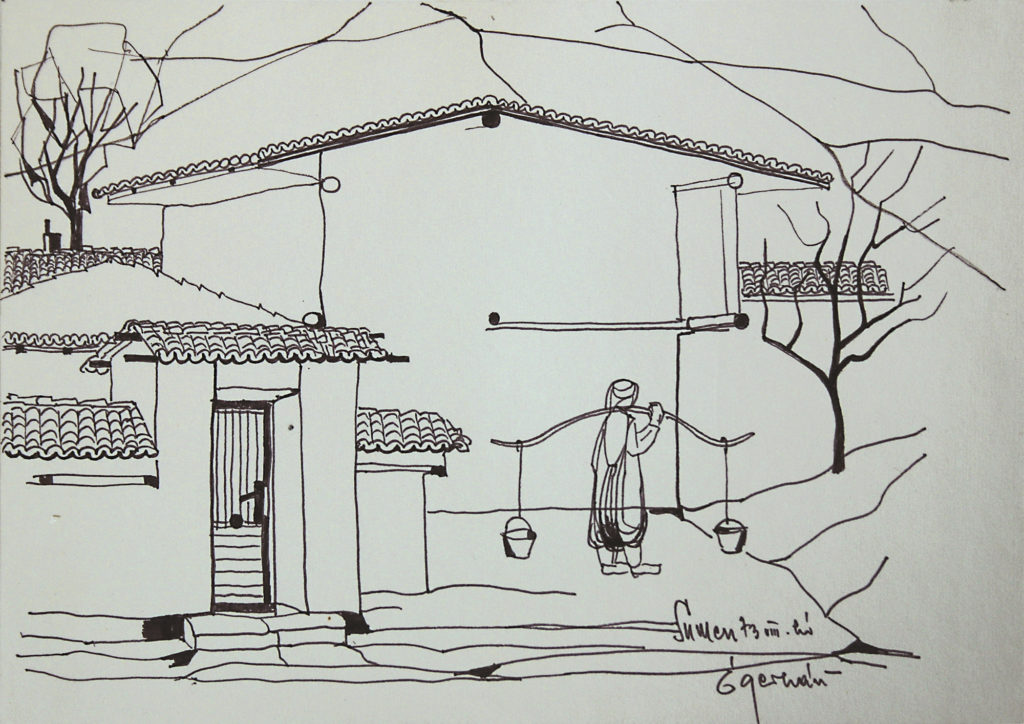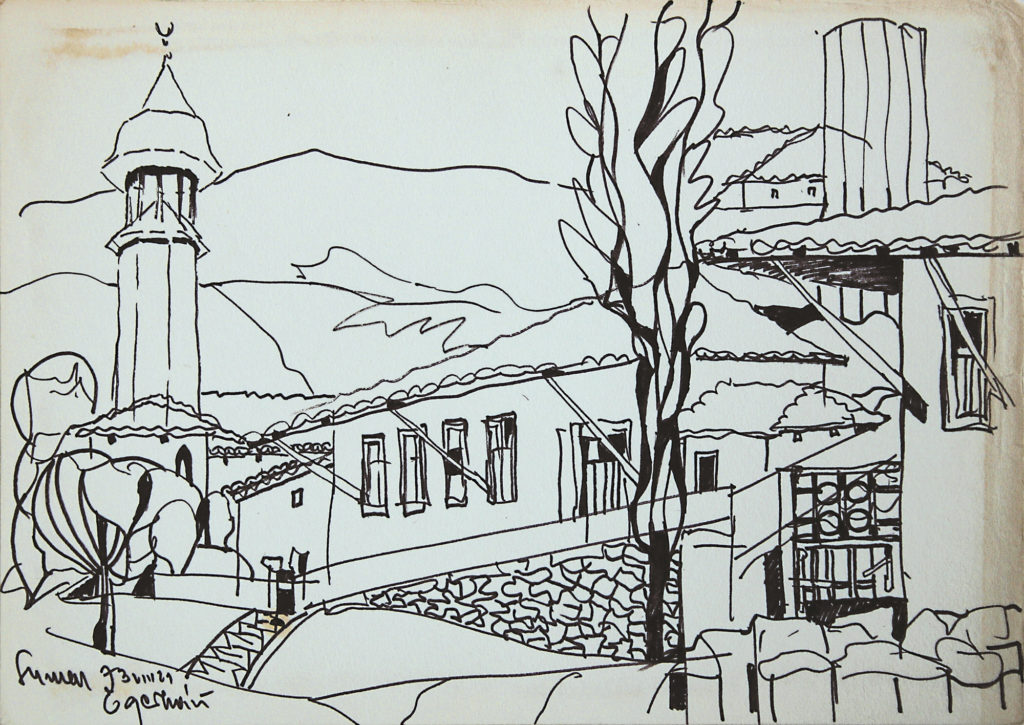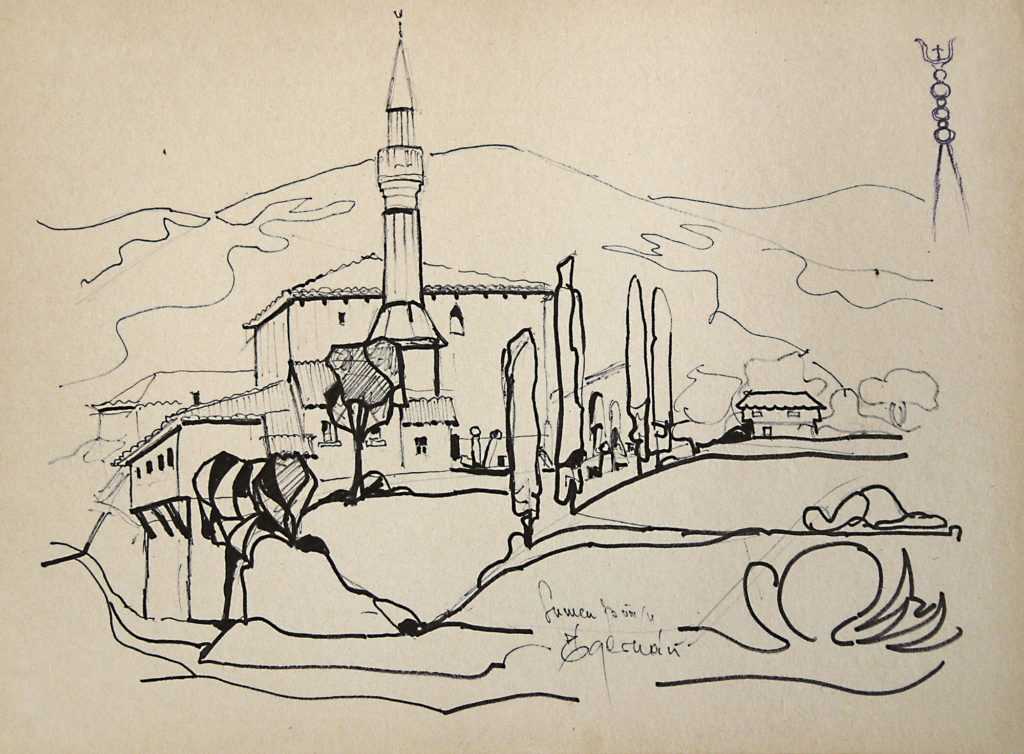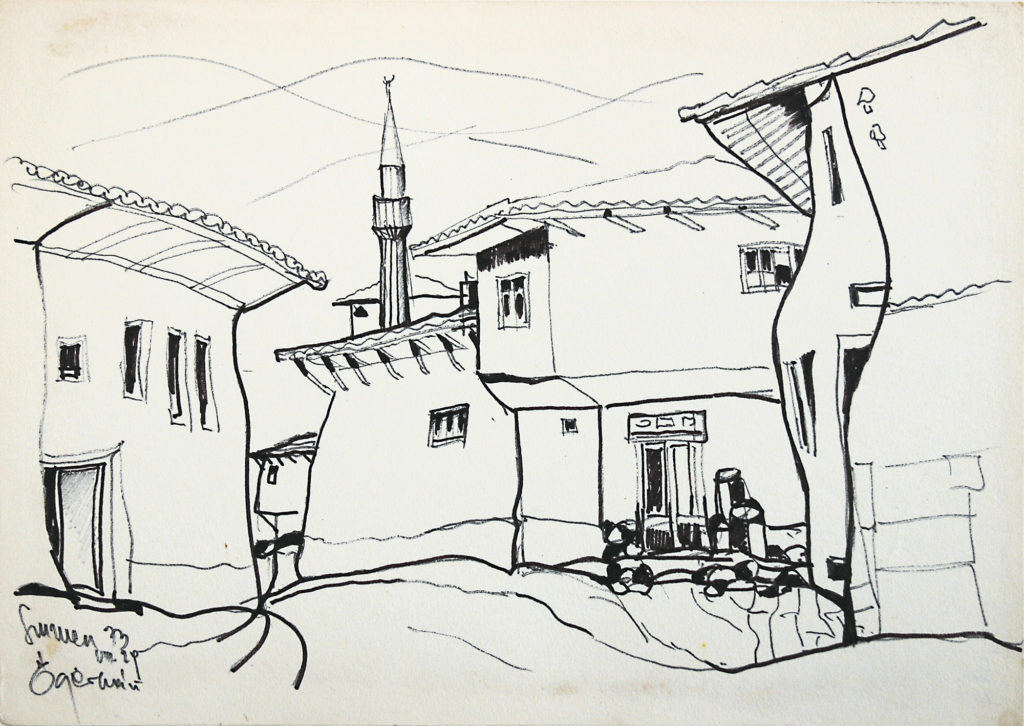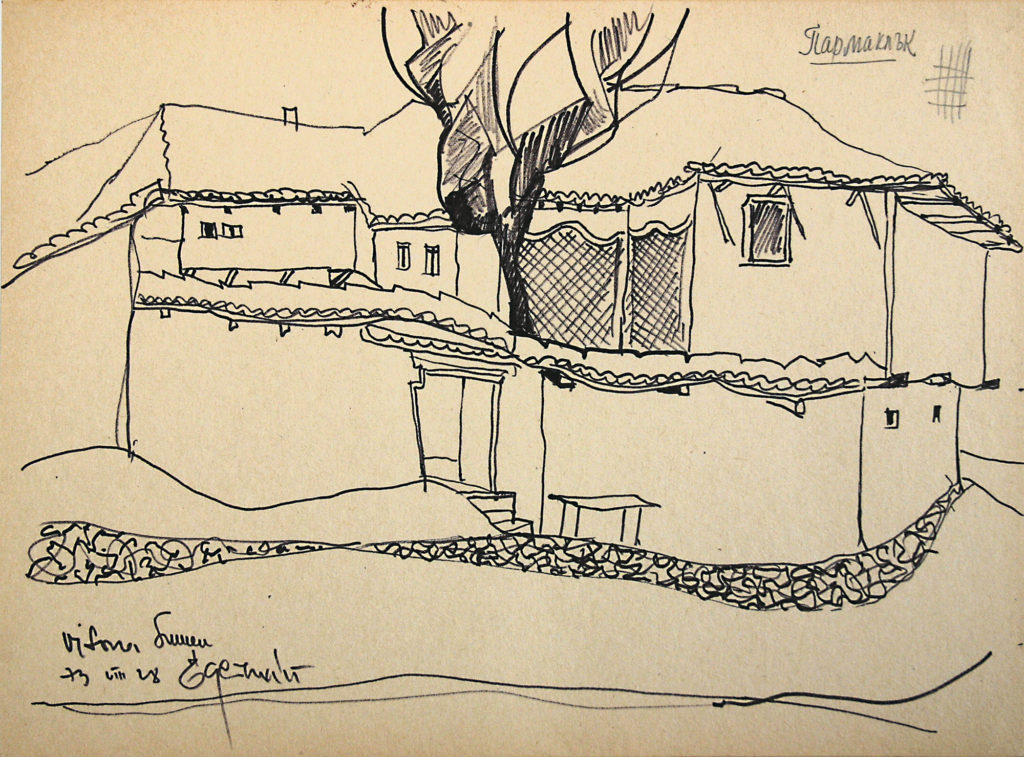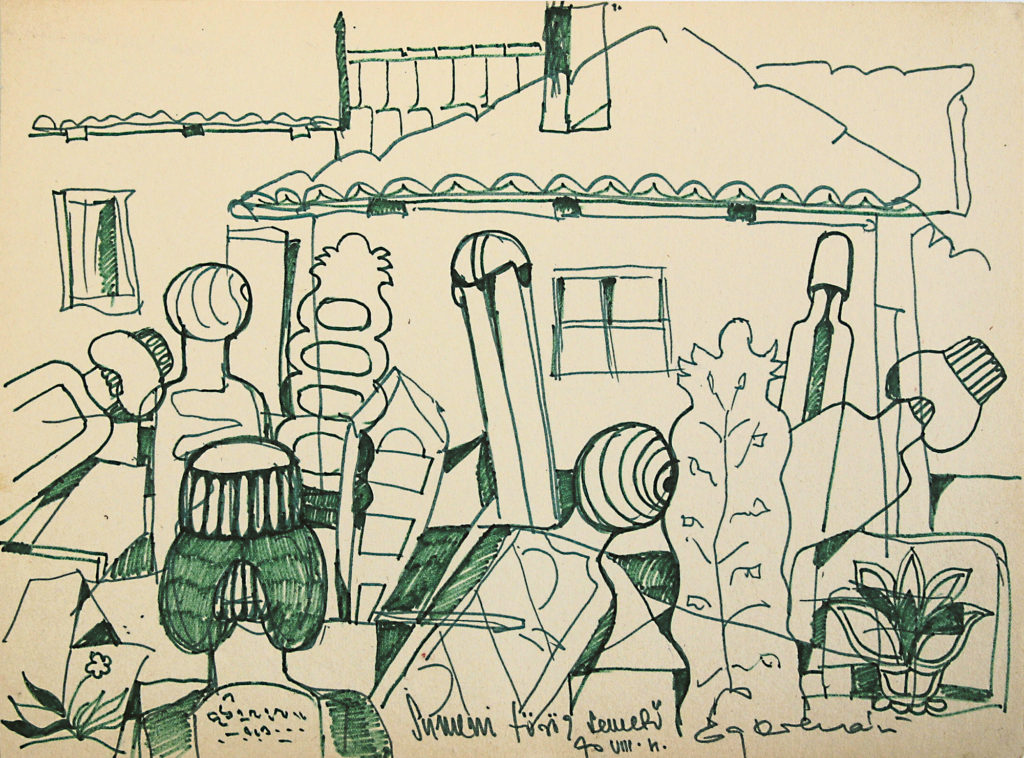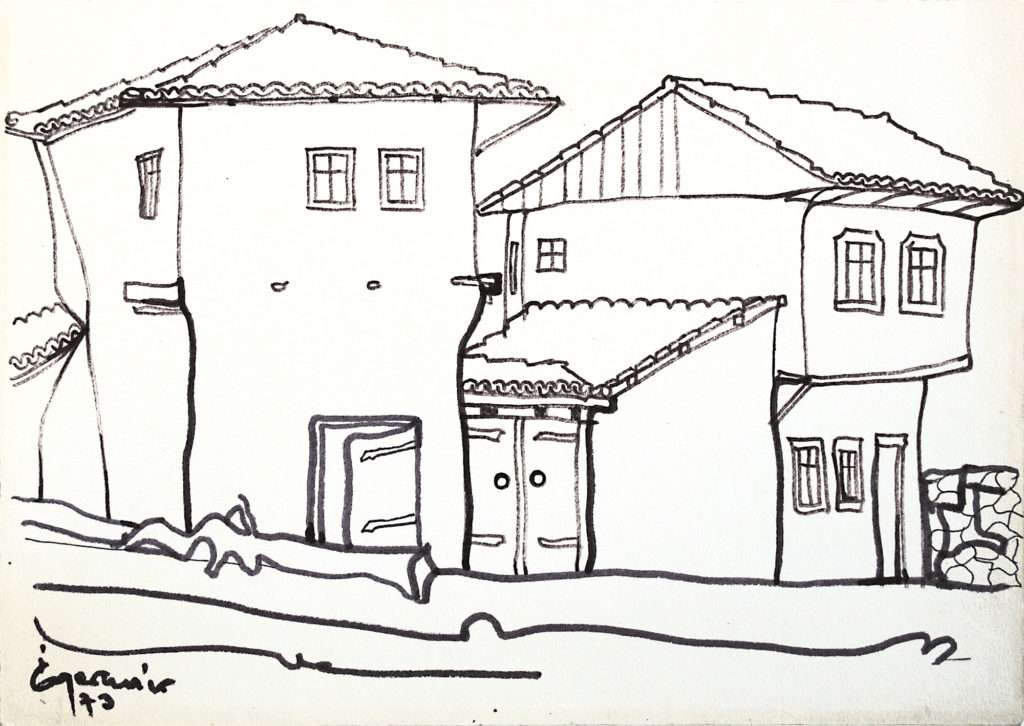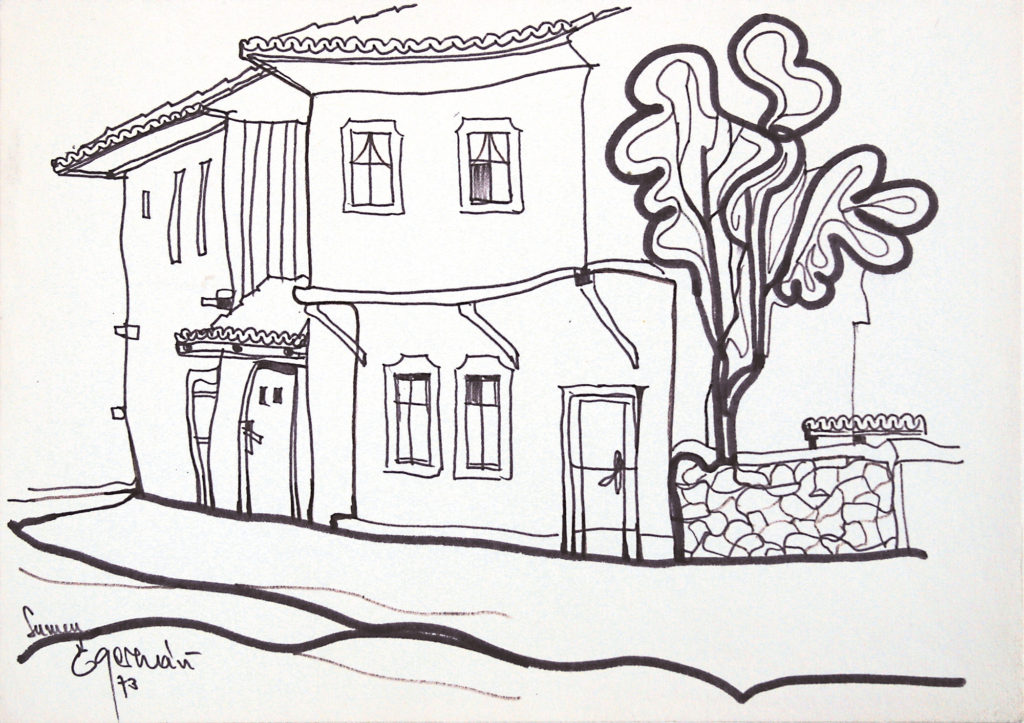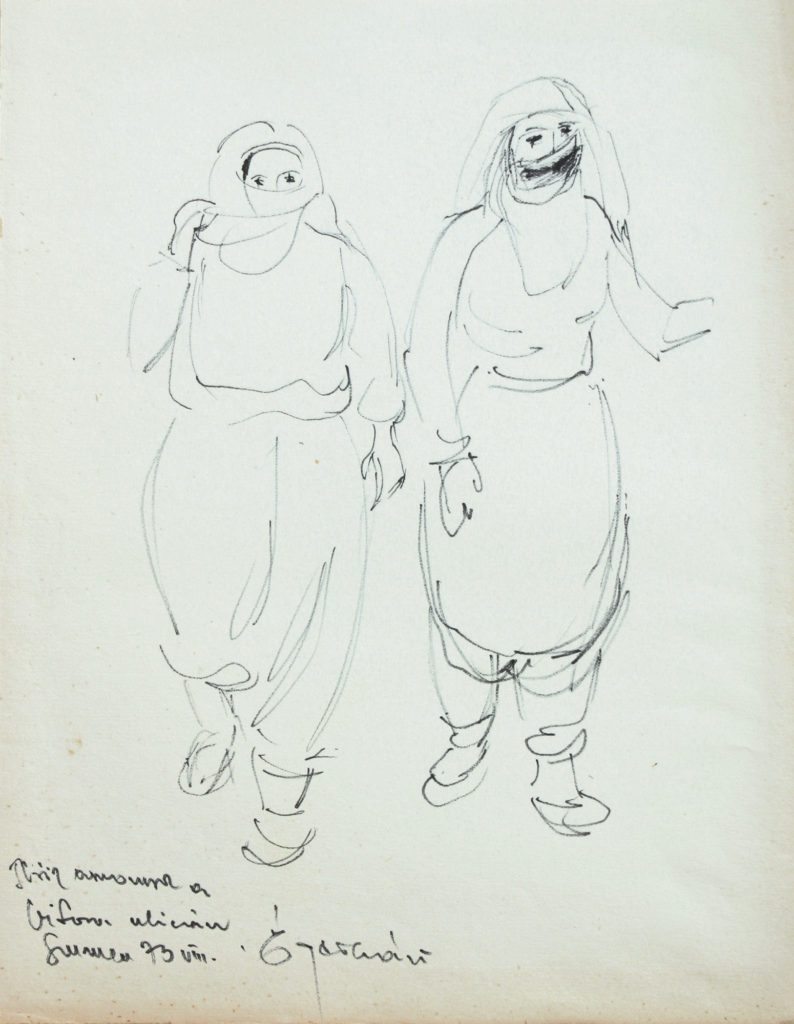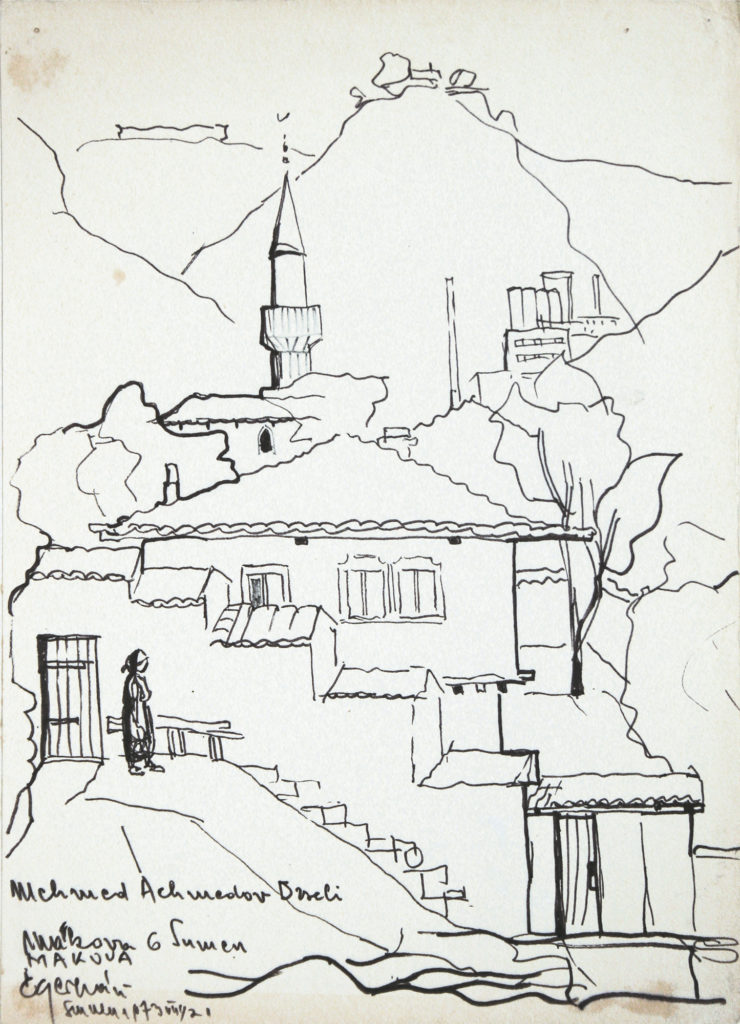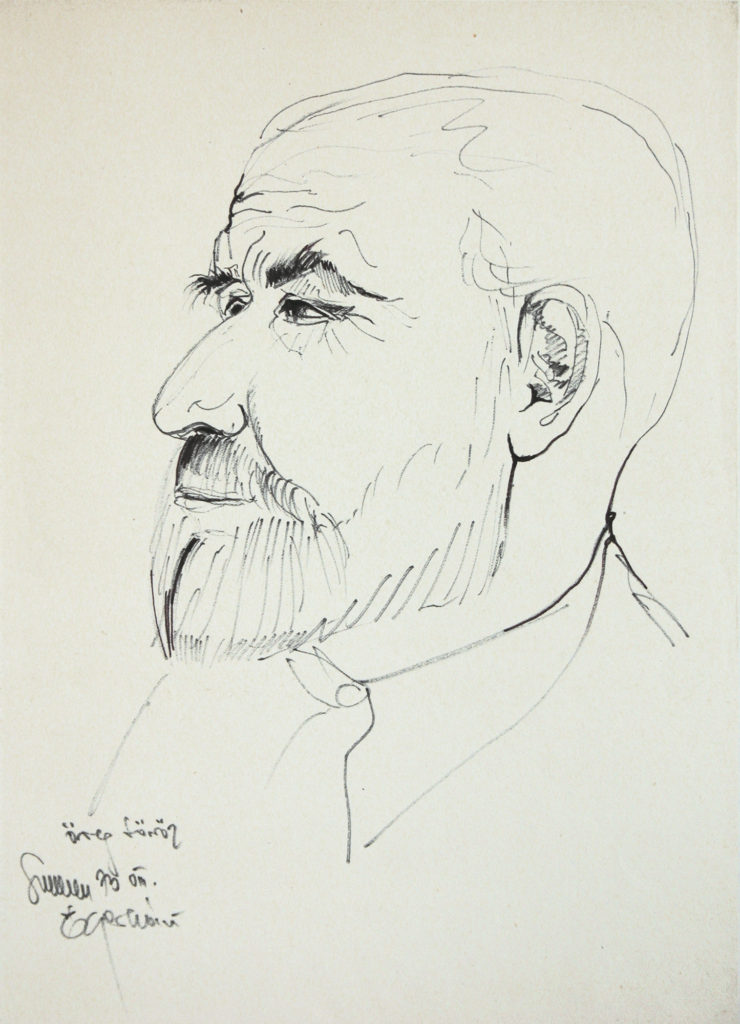Bulgarian Literature Days in Debrecen
(Article from Hajdú-Bihari Napló, published on April 25, 1975)
Between May 25-27 the Bulgarian Literary Days event is held in Debrecen. The exhibition of painters Imre Égerházi and Gyula Madarász will open in the Teacher’s Cultural House on Sunday, May 25, at 11 am. The two artists present their experiences during their study trip to Bulgaria at the exhibition.
On Monday afternoon, May 26, the film The Peach Thief will be screened at the Art Cinema, and at the same time a scientific conference will be organized by the Déri Museum at the Patriotic People’s Front Club. Ibolya M. Nepper will analyze Fehér Géza’s research related to Bulgaria, dr. István Kilián gives a lecture on Ivan Vazov (the Jókai of Bulgaria), and dr. Imre Dankó gives a presentation on Bulgarian history research. Also on this day, an exhibition of the Bulgarian-themed photos of the photographer István Vencsellei will open in the Film Club, and later, dr. Stoyan Radev, Director of Bulgarian Culture, opens an exhibition of Bulgarian literature and books in the foyer of the Art Cinema. A Hungarian-Bulgarian literary evening will be held starting at 7 pm.
On Tuesday morning, May 27, Toso Donchev, a staff member of Bulgarian Culture, will hold an unusual Bulgarian literature class at Kossuth High School. Starting at 6 pm dr. Doctor Kszenia Fileva will give a lecture on the situation of Bulgarian women at the Árpád Horváth House of Culture.
The Alföld Magazine presents Bulgarian writers and poets in its June issue.
A delegation from Bulgaria will arrive in Debrecen for the Bulgarian Literature Days. Members of the Bulgarian artists’ delegation and representatives of the county’s cultural life and artists living in Debrecen will meet on Tuesday evening at the Patriotic People’s Front Club.
Paintings about Shumen
Exhibition of Imre Égerházi & Gyula Madarász
(Article from Hajdú-Bihari Napló by József Bényei, published on June 7, 1975)
Two painters from Debrecen went to Shumen, our sister city in Bulgaria, where they spent a month trying to find the soul of the city. I also collided their experience with my own when I formulate the answer to the question: have they? I think they did. And they returned their experiences in their works in such a way that their vision and method of creation brings Shumen to life for all visitors of the exhibition, whether the spectators have ever been in the Bulgarian city or not.
I was not looking for a map houses and streets, but the city’s peculiar image spanning across history, enduring, as it takes care of the intertwined planes of time from century to century, dating back to prehistoric eras. And it bears not only the marks of the time, but also the peoples, the Bulgarians, the Turkish, the Hungarians added their own to the culture of Shumen, enriching the sight and content of the city.
Maybe I recognize my own experiences in their paintings because we are of the same generation, and a common human and historical experience guided the heart and eyes in moments of amazement? I do not know. But the atmosphere of the Turkish cemetery, the Hodja house, the Kossuth Museum, the Preslav ruins, the Madara rocks, the strange streets not found elsewhere also lived in me, as I now see them evoked in these paintings.
Gyula Madarász was preoccupied with the rhythm of the houses and streets; he explores the atmosphere of the typical Shumen buildings and small streets with an impressive richness. Nor does he deny that he’s man from the Great Plain, walking the streets of the Bulgarian city, so the familiar moments of his older houses in Nánás and Böszörmény flash in front of us. He took his approach with him and happily combined his experiences at home with his experiences there.
It is not the simple experience of recognizability that captivates the viewer, but the extraordinary color sensitivity, the subtle effects, the playful yet deeply picturesque solutions. It depicts moods, speaking in the language of another genre, elegy and songs about the recognized spirit of these paintings of Shumen. How much richness, playfulness, and atmosphere is hidden in the seemingly monotonous rhythm of a building is proved by the serenity and harmony of the House on Vitosa, the House on Kossuth Street, the House of Hodja, Rakovszki Street spanning time and space.
Whether or not the world noticed, seen, and painted is narrow is not worth arguing about. Madarász recognized the essence of the city in the streets and houses, this is what speaks to him, so he gave it back in his 11 works. The nostalgic relationship associated with passing old beauties is as characteristic of its gouaches and watercolors as it is of serenity, harmony, purity.
Imre Égerházi works on a wider scale, both in terms of the reality material he has seen and painted, and in terms of genre. They are especially receptive, and their large color monotypes are very beautiful in their atmosphere and overall effects. Especially ones on which he was not satisfied with the rendering of the spectacle, but also created a synthesis from motifs and tiny moods, projected the spacetime planes and elements side by side and recreated the experience with the method of subtle abstraction. Such is his monotype of the Turkish cemetery in Shumen, Madara, the drying kuchmas, or the one titled 600 years I. He plays with the elements boldly, but in a very colorful and nuanced way; I believe that his experiences in Shumen have enriched his whole picturesque method and expression in many ways.
In 7 of his oil paintings I am captured by the strict editing, clean shapes and moods. Among them, Sunset at the Seaside stands out, in which he managed to transform natural reality into artistic reality. How? The spectator admiring the images simultaneously feels the immense power of the sea, the timeless atmosphere of the refined forms, the rich, imaginatively shaped function of the elements that grow into fairy tales.
Égerházi, as he writes in his confession, has also come close to Bulgarian poetry, and it cannot be a coincidence that his works evoke the atmosphere of a well-known Bulgarian poem. He clung to the landscape with open hearts and eyes, and can show more of it than is left in us at a single glance. We have already seen some pieces of his Shumen-inspired paintings in collective exhibitions, thus proving the straightforward development of the artist.
The large hall of the Teachers’ Cultural House is not an ideal place for an exhibition. However, this exhibition remains one of the most valuable elements of the series of events of the Bulgarian Literary Days in Debrecen. Two painters from Debrecen set out for Shumen and brought us the mood, atmosphere and spirit of our sister city. They not only strengthen the friendship with it, but also their own art.
During my study trip I was fascinated by the beauty of the Bulgarian landscape, the mountains, the sea, the cordiality of the people, the great architectural monuments still standing today, the struggle of heroes who gave their lives for their freedom in the historical past.
I admired the momentum and results of the present-makers, the builders of the great future, and the artists who all painted or sang these.
It was a particularly great experience for me to get to know Bulgarian poetry, especially the lyricism of folk poetry and Atanas Dalcsev, who never pours his feelings into the first proverb, but closes it into words filtered through the web of the intellect. It is enough to look at my paintings made in Bulgaria and I have already shown why I love Dalchev the most of the many great lyricists, and what I have benefited from his creative art.
Imre Égerházi
painter


